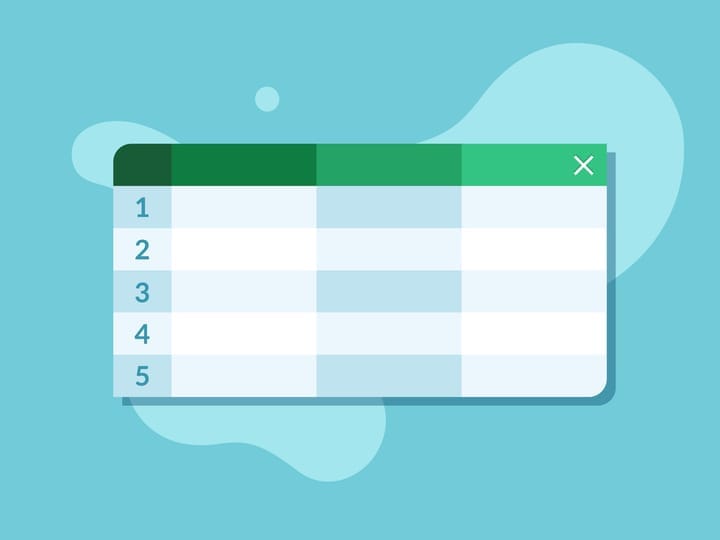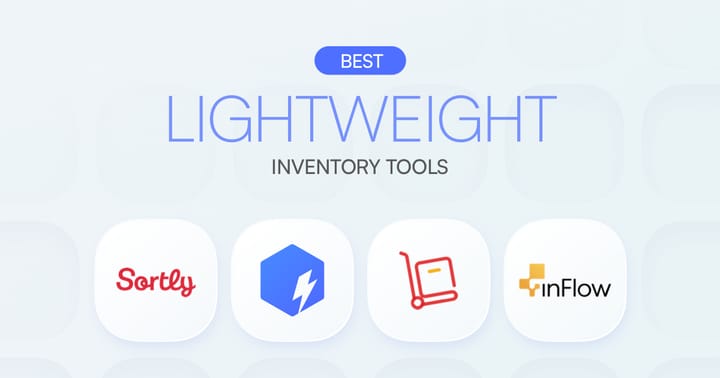How to Start a Subscription Business: A Simple Guide

Subscription business models have become a natural part of our lives, proving their effectiveness as a powerful business strategy. These models involve a customer paying a recurring fee for a product or service, usually monthly, yearly, or at a defined time interval.
In this article, we’ll explore how small and emerging businesses can implement subscription-based offerings to increase sales and create a loyal, recurring customer base. So, if you’re looking to launch your own subscription business or add this model to your existing product lineup, this guide will walk you through everything you need to know.
Let’s get started and think outside the box—starting with your very own curated subscription box!
Subscription Types and What Makes Them Work
According to McKinsey & Company, there are three broad types of subscriptions: replenishment, curation, and access.
1. Replenishment Subscriptions
Replenishment subscriptions let customers automate the purchase of everyday necessities, like vitamins or razors. The appeal lies in the convenience, where customers no longer need to reorder essential items when they run out of supply. These products are delivered straight to their door at a competitive price, saving both time and money.
For example, Dollar Shave Club allows automatic monthly replenishment of grooming products to their subscribers, such as men’s four-blade razor refills. This approach, besides the customizable options for orders, has been a key factor in the company’s phenomenal success, helping it stand out in the highly competitive e-commerce market.

2. Curation Subscriptions
Curation subscriptions provide customers with a handpicked selection of products tailored to their preferences. These boxes are highly customized, often based on customer input gathered during the shopping process. Popular in categories like apparel, food, and beauty, curated boxes add an element of surprise with their variety of items.

A McKinsey survey reveals that about 55% of retail subscriptions are for curated bundles, or “subscription boxes.” These subscriptions attract consumers who love variety and the thrill of surprise, as they usually don’t know what new products will be included in their monthly delivery.
Stitch Fix is a standout example. On their e-commerce platform, customers take a quiz to determine their style, size, and budget. A (human!) Stylist then selects five personalized pieces based on the quiz results and delivers the “Fix” box directly to the customer’s door. Each Fix order has a $20 styling fee, which is credited toward any items the customer decides to keep. Plus, shipping and returns are entirely free, adding convenience to the experience.
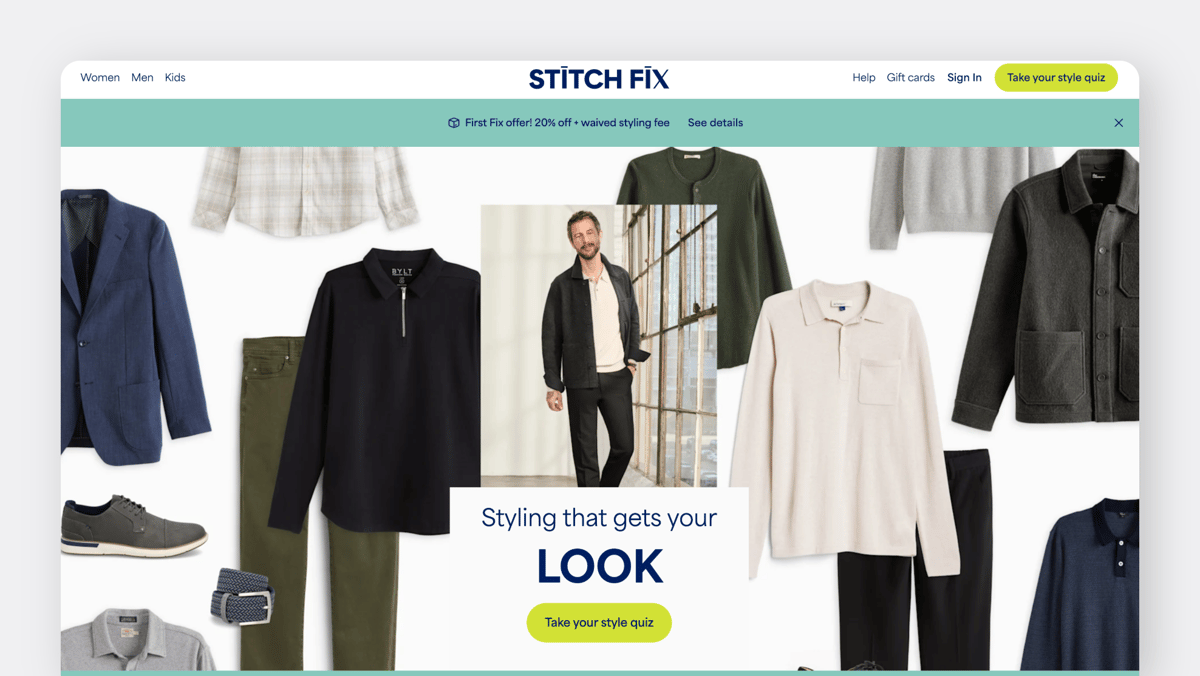
If you’re looking for managing pre-designed bundles for your curated boxes, BoxHero’s Bundle Feature is the perfect tool. This allows you to easily group items into ready-to-go bundles based on customer preferences, making the process of organizing curated subscriptions easier. Try BoxHero today and see how it works!
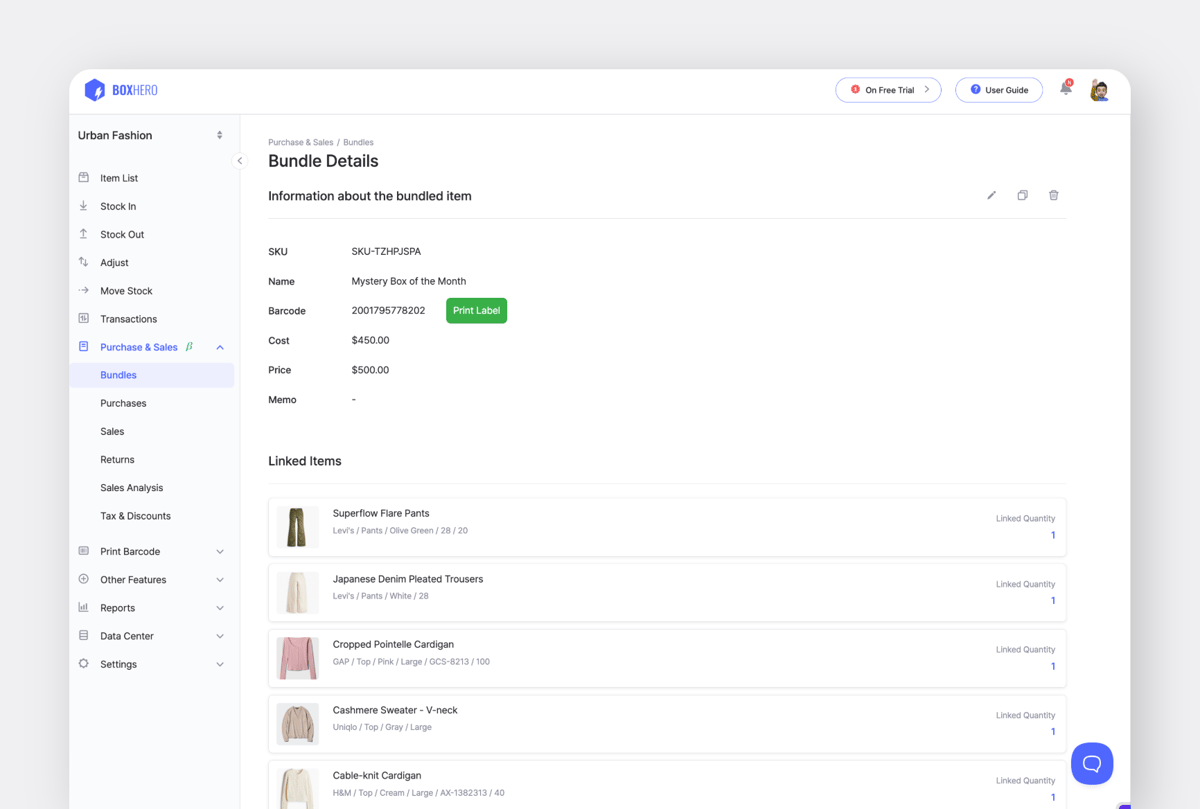
3. Access Subscriptions
Subscribers pay a monthly fee to enjoy lower prices or exclusive perks such as free shipping or cashback. This model also ‘unlocks’ access to items that are exclusively available through subscriptions and not sold in physical retail stores.
This type accounts for 13% of e-commerce subscription sales, particularly in categories like apparel and food.
For example, JustFab provides its VIP members exclusive access to multiple brands with up to a 25% discount.
| Subscription Types | Consumer Value | Description | Primary Categories |
|---|---|---|---|
| Replenishment | Saves time and money | Automates the purchase of everyday necessities like vitamins or razors, making sure products are delivered straight to customers' doors when needed. | Commodity items (e.g., grooming products, household supplies) |
| Curated Boxes | Personalized and customizable order; element of surprise by the product variety | Provides a curated selection of products tailored to customers’ preferences, often with an element of surprise. Products are handpicked based on customer input or quizzes. | Beauty products, food, apparel |
| Access | Exclusive access and special perks | Offers members-only benefits such as lower prices and access to items available only through subscription, not sold in retail stores. | Food, apparel |
Subscription Challenges? Here’s How to Overcome Them
Like any other business model, subscriptions come with their own challenges, especially as the market gets more competitive. Let’s take a look at some of the most common hurdles in the subscription landscape and practical ways you can tackle them.
High Customer Churn Rate
Subscription churn rate, or simply churn rate, refers to the number of customers that stop paying for a business's products or services over a given period of time. Different businesses calculate churn in different ways, depending on their goals and priorities.
There are many reasons why customers cancel their subscriptions. It could be a lack of loyalty rewards or incentives because the business is too focused on attracting new customers. Other reasons include price increases, competitors with better services and perks at lower prices, or poor customer experiences.

✅ Solution: Listen to Your Customers and Focus on Retention
In the subscription business, customer retention isn’t just a nice-to-have; it’s a cornerstone of long-term scalability. According to a 2025 report by Recurly, finding new subscribers has become harder in the increasingly saturated market. What does that mean for you? Retention is now the biggest driver of growth.
The key to reducing churn and increasing retention is understanding why your customers leave. The best way to do this? Ask them directly. After a customer cancels, send a short feedback survey. Keep it simple with just a few questions to uncover their reasons. For example:
- What made you cancel your subscription?
- How can we improve our service?
- Would you consider re-subscribing if changes were made?
Is it because of a lack of rewards? Consider introducing loyalty incentives such as discounts, rewards, or points programs. These perks make customers feel valued and give them a reason to stick with your service.
If customers need a break, provide the option to pause their subscription rather than canceling outright. While it might seem counterintuitive, this flexibility gives subscribers the freedom they need without feeling tied to a rigid contract. It helps reduce churn and makes it easier for them to return when they're ready.
BoxHero’s Purchases & Sales feature allows you to easily manage discounts for subscription orders and invoices. It’s the perfect tool for offering exclusive perks in your subscription model, whether it’s loyalty rewards or discounted bundles.
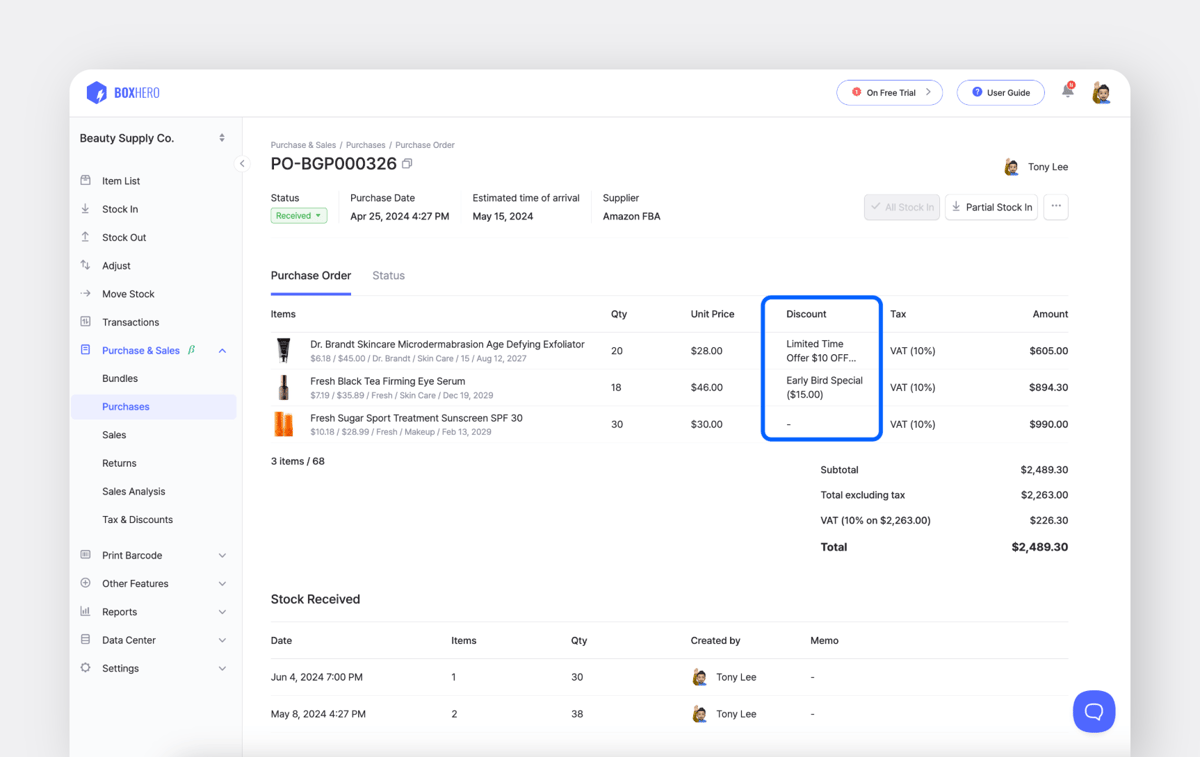
High Customer Acquisition Costs (CAC)
Acquiring new subscribers can be pricey, especially in a competitive market where everyone is vying for attention. On average, bringing in new customers costs about five times more than keeping your existing ones. This is because customer acquisition costs (CAC) tend to include extensive marketing and advertising efforts aimed at attracting new subscribers or buyers.
Before we jump into tips to reduce CAC, let’s start with a simple formula to calculate it:
Here’s how it works:
- Add up all your marketing expenses for a specific period. This includes advertising and promotional activities, marketing staff salaries, tools, and any sales costs linked to your campaigns.
- Divide that total by the number of new customers gained during the same period.
Now that you know how to calculate CAC, let’s talk about ways to minimize this cost.
✅ Solution: Launch a Referral Program and Implement Freemiums
You could set up a referral program where your current subscribers earn rewards for bringing in new customers. It’s a simple way to grow your subscriber base while keeping your existing customers happy. Add gamification elements to your program like badges, progress bars, points, or leaderboards to make it more engaging.
Additionally, you could also use the freemium model. Let potential customers try your service with a free trial or a limited version. This sneak peek builds trust and significantly increases the chances of converting them into paying subscribers.
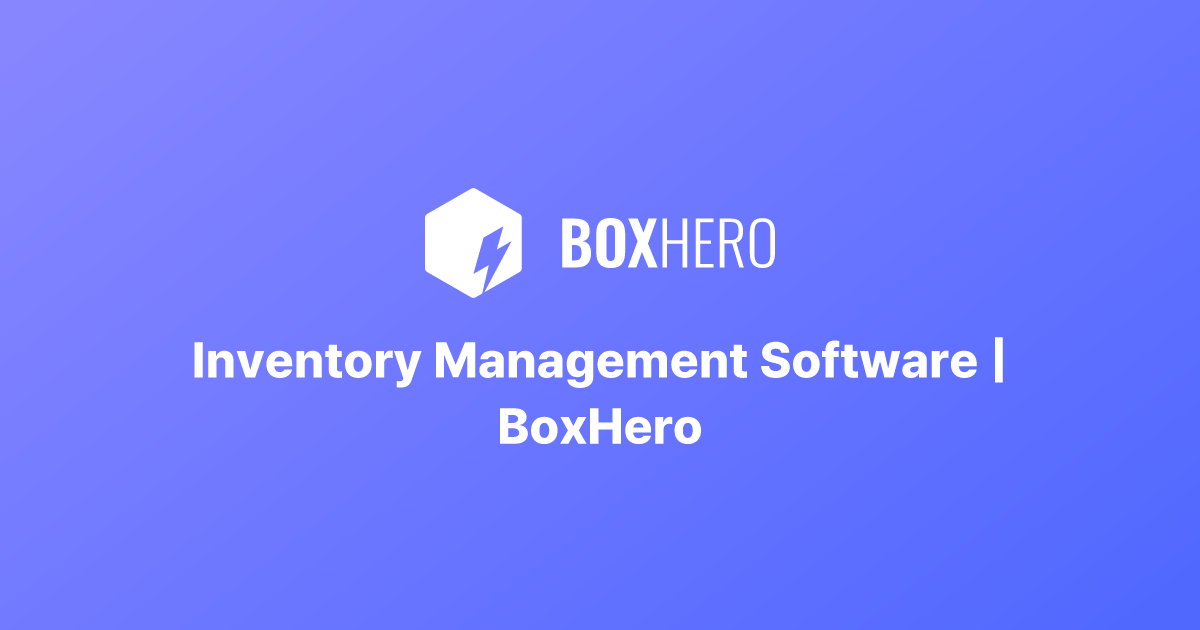
Managing Inventories
Subscriptions often bring unpredictable demand, as customers may join, cancel, or pause at any time. Managing varying item combinations for customized boxes makes it more complicated and challenging than handling single-product sales.

✅ Solution: Use Smart Inventory Tools
If you’re still using manual logs, paper-based systems, or spreadsheets for your inventory, it's time for an upgrade. Imagine trying to keep track of hundreds of personalized boxes with different items using just an Excel file. It’s impractical, time-consuming, and prone to mistakes.
That’s where tools like BoxHero can make a difference. They simplify inventory management, making it easier to organize stock and monitor your inventory levels.
A Quick Checklist for Your Subscription Business
We’ve talked about subscription models, challenges, and how to overcome them. Here’s a simple checklist, or simply a TL;DR, to guide you through launching your subscription business.
☑️ Pick the Right Subscription Model
If you sell consumables like coffee, skin care, or pet food, replenishment can be a good option. If you want to surprise boxes with personalized selections, the curation model is ideal. If your goal is to provide perks like exclusive deals, an access model would be the perfect choice.
☑️ Price Your Offerings Right
You know the drill: make sure your pricing reflects the value you provide. Calculate your costs (products, shipping, packaging, etc.) and add a fair profit margin.
☑️ Make it Easy for Customers
A clear FAQ section on your website can answer common questions like, “Can I pause my subscription?” or “How do I cancel?”
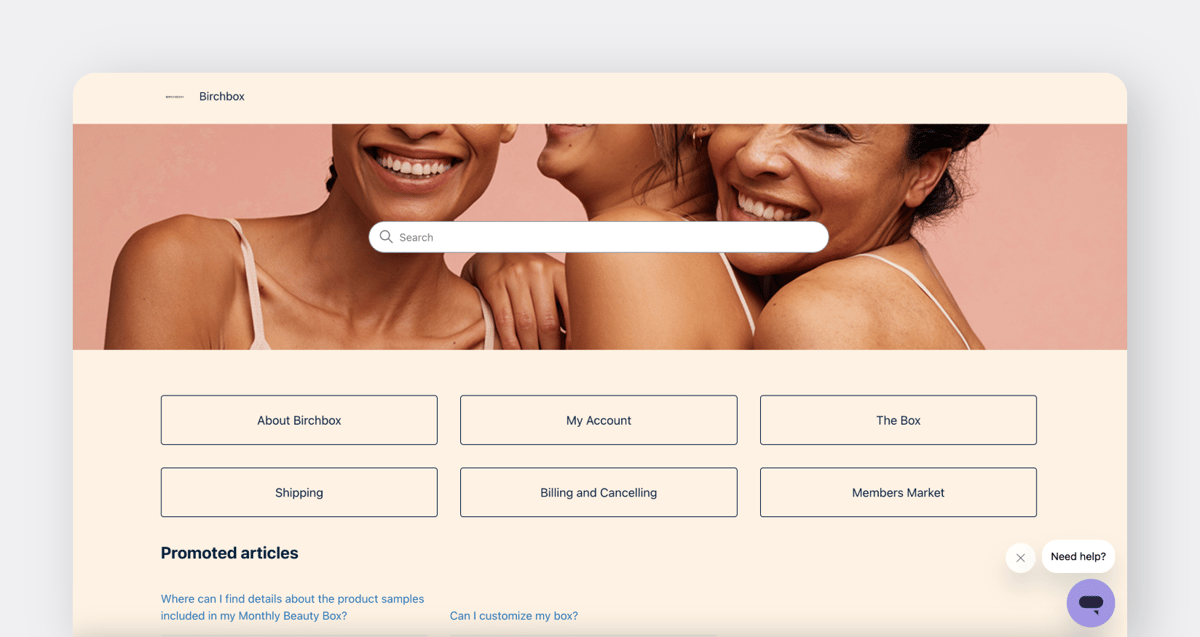
☑️ Use Technology to Stay Organized
Automate recurring billing processes and send notifications (like reminders about upcoming shipments) through subscription management software tools. Additionally, BoxHero can help you manage inventory and make sure you never run out of stock.
☑️ Show Your Customers Some Love
Give your customers perks like discounts, loyalty points, or exclusive items. Celebrate milestones with thoughtful gestures like thank-you gifts. Happy subscribers feel valued, stick around longer, and are more likely to spread the word about your business.
Key Takeaways
Now that you’ve got all the practical tips and insights on the challenges to anticipate, it’s time to launch your subscription business. Start today and put what you’ve learned into action.
Don’t forget to try BoxHero and see how our tools can simplify your inventory management for a smooth subscription implementation. Have questions or want a walkthrough of the features? Schedule a live demo with us—we’re here to help!


